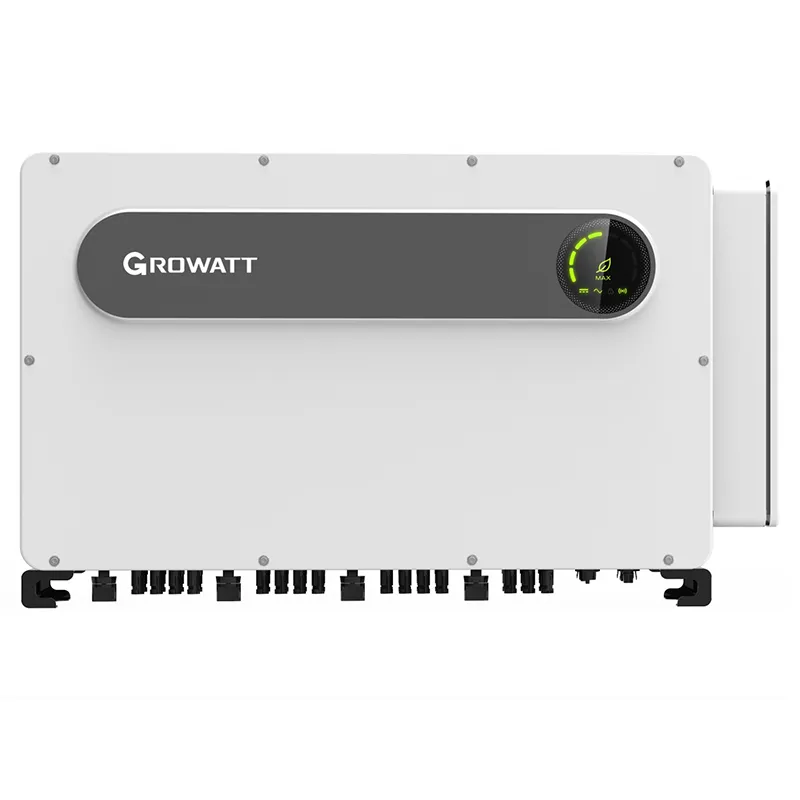Alternative Solar Panel Installation Options for Your Home Beyond the Roof
Exploring Alternative Solar Panel Installations Beyond the Roof
As sustainability becomes increasingly important to individuals, businesses, and governments alike, solar energy has emerged as a prominent solution for reducing dependence on fossil fuels and lowering carbon footprints. Traditionally, solar panels have been installed on rooftops, but this method may not always be the most effective or feasible option for every location. There are several reasons that inspire people to look beyond the roof for solar panel installations and innovative alternatives are arising.
Space Constraints
One of the primary reasons homeowners and businesses may opt against roof-mounted solar panels is the availability of space. Many urban environments consist of densely packed buildings with limited rooftop access. Additionally, some roofs may not be structurally sound enough to support solar installations, or they might be shaded by nearby trees or taller buildings, diminishing their effectiveness. In such cases, ground-mounted systems can provide a practical solution. These systems can be installed in backyards or other open areas, allowing for optimal sun exposure without the limitations imposed by the structure of a building.
Aesthetic Considerations
Aesthetics can play a significant role in a homeowner’s decision to install solar panels. Some individuals prefer to maintain the visual integrity of their homes and neighborhoods. Roof-mounted systems, while effective, can alter the appearance of a house, making it look less traditional or even cluttered. To address these concerns, solar panel installations can be designed to blend in with the landscape or installed in less conspicuous areas, such as shaded carports or garden structures. This approach maintains a homeowner’s preferred aesthetic while still utilizing solar energy effectively.
Innovative Solutions Solar Farms
solar panel not on roof

Beyond individual homes, communities are increasingly relying on solar farms to harness solar energy on a larger scale. Solar farms consist of large clusters of solar panels placed on vacant land, typically in rural areas. They can generate substantial amounts of electricity that can be fed into the local grid, benefiting entire communities. This approach not only makes efficient use of otherwise unused land but also allows for economies of scale, which can reduce costs significantly compared to smaller installations. For those who cannot install solar panels on their properties, investing in or subscribing to a solar farm can provide a pathway to renewable energy.
Agricultural Applications
Agricultural lands provide another unique opportunity for solar installations outside of traditional rooftops. Farmers can utilize the space between crops for solar panels, combining farming with renewable energy generation—a concept known as agrivoltaics. This innovative solution allows farmers to provide shade for certain crops while generating power. At the same time, the land remains productive, promoting sustainable agricultural practices while diversifying income sources for farmers.
Community Solar Projects
For individuals who may not have the capacity to install solar panels on their properties, community solar projects present an alternative. These initiatives allow multiple participants to invest in a shared solar array. Participants can benefit from the generated electricity, typically at a lower cost. Community solar not only broadens access to renewable energy but also fosters a sense of community and collective action towards sustainability.
Conclusion
The future of solar energy does not solely rely on rooftops. As the need for innovative, sustainable solutions grows, exploring alternatives to traditional solar panel installations becomes increasingly vital. Ground-mounted systems, solar farms, agrivoltaics, and community solar projects are transforming the way we think about renewable energy. By expanding our vision beyond rooftops, we can maximize the potential of solar energy to create a cleaner, greener future for all.
-
Unlocking Energy Freedom with the Off Grid Solar InverterNewsJun.06,2025
-
Unlock More Solar Power with a High-Efficiency Bifacial Solar PanelNewsJun.06,2025
-
Power Your Future with High-Efficiency Monocrystalline Solar PanelsNewsJun.06,2025
-
Next-Gen Solar Power Starts with Micro Solar InvertersNewsJun.06,2025
-
Harnessing Peak Efficiency with the On Grid Solar InverterNewsJun.06,2025
-
Discover Unmatched Efficiency with the Latest String Solar InverterNewsJun.06,2025







